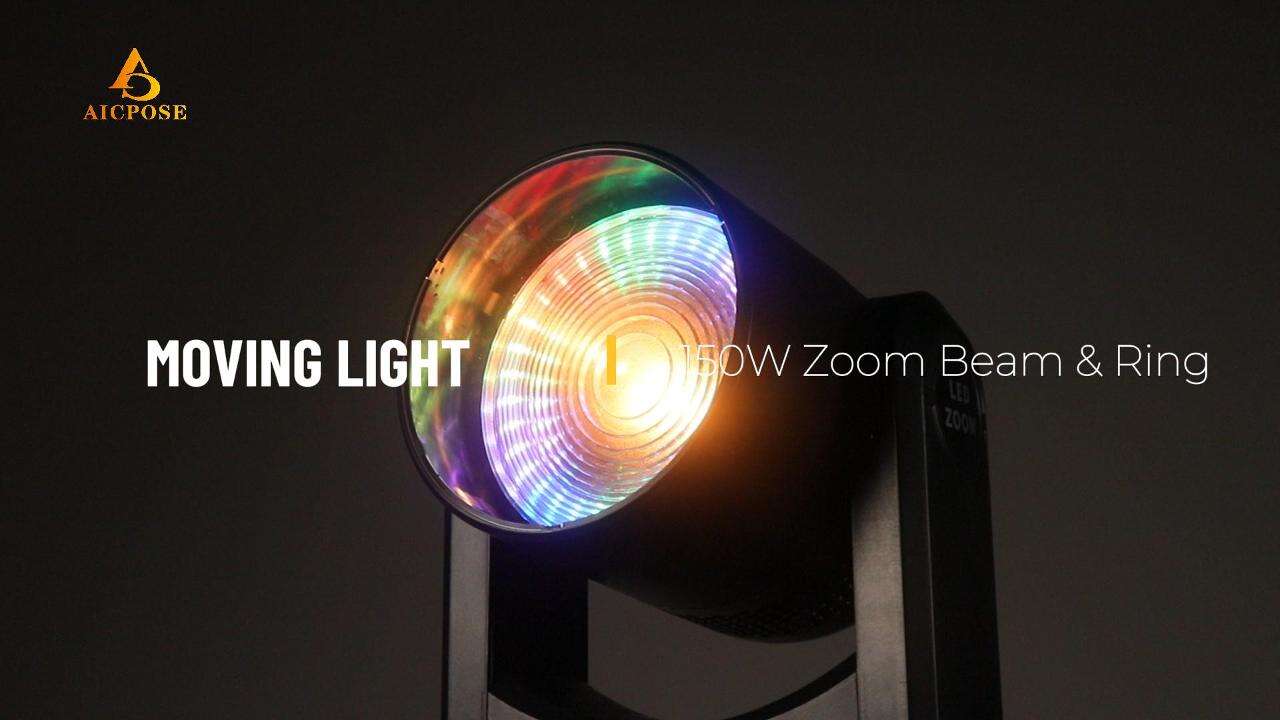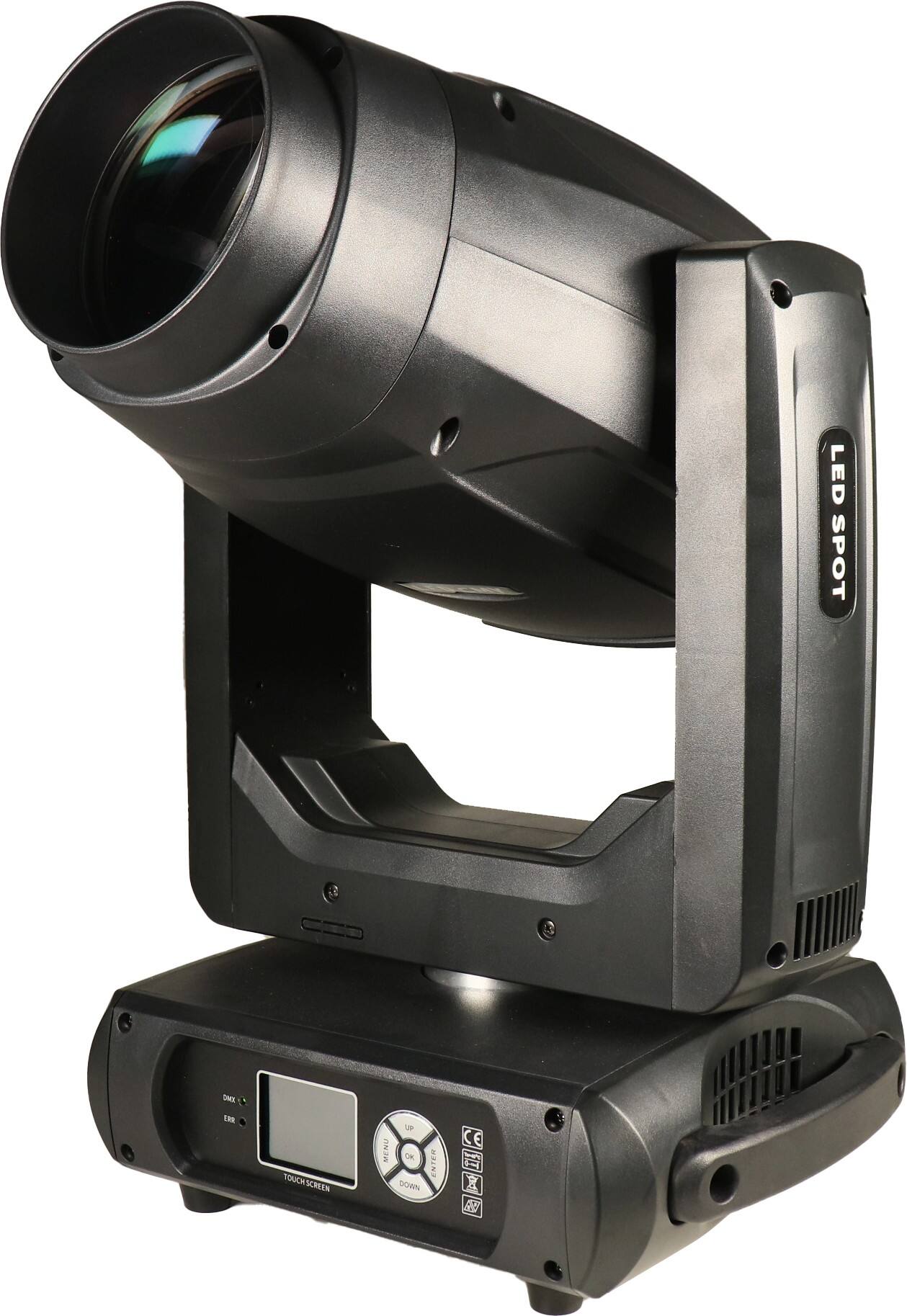Mastering Stage Illumination with Advanced Lighting Technology
The world of stage design has evolved dramatically over the years, and at the forefront of this evolution stands the innovative use of beam lights. These versatile lighting instruments have revolutionized how designers approach visual storytelling in theatrical productions, concerts, and live events. By harnessing the power of beam lights, designers can create immersive environments that captivate audiences and elevate performances to new heights.
From Broadway productions to intimate theater spaces, beam lights have become an essential tool in the modern lighting designer's arsenal. Their unique capabilities allow for precise control over beam angles, intensity, and color, making them invaluable for creating dynamic and emotionally resonant lighting effects that enhance the overall production value.
Understanding beam Light Technology and Applications
Core Components and Functionality
beam lights consist of several sophisticated components working in harmony to deliver exceptional lighting control. The optical system includes high-quality lenses and reflectors that shape and direct the beam with precision. The fixture's housing is engineered for optimal heat dissipation, ensuring consistent performance during extended use. Advanced electronic controls enable seamless integration with modern lighting consoles and DMX systems.
The technology behind beam lights allows for rapid movement, smooth dimming, and precise color mixing. These capabilities make them particularly effective for creating complex lighting cues and dynamic effects that would be impossible with conventional lighting fixtures.
Versatility in Performance Spaces
Whether in large arenas or intimate theaters, beam lights adapt to various staging environments. Their adjustable beam angles can accommodate different ceiling heights and stage configurations, while their compact design allows for flexible mounting options. The ability to program complex sequences makes beam lights equally suitable for both permanent installations and touring productions.
Professional lighting designers often combine multiple beam lights to create layers of illumination, adding depth and dimension to the performance space. This layering technique has become a signature element in contemporary stage design, enabling seamless transitions between scenes and moods.
Advanced Techniques for Visual Impact
Color Mixing and Pattern Creation
Modern beam lights excel in color manipulation through advanced CMY color mixing systems. Designers can create virtually any color in the spectrum, enabling subtle mood changes or dramatic color shifts. By incorporating gobos and animation wheels, beam lights can project intricate patterns and textures onto surfaces, adding visual complexity to stage designs.
The precision of beam lights allows for seamless color fades and dynamic movement effects that can transform the stage environment instantly. This capability is particularly valuable in productions requiring rapid atmospheric changes or elaborate visual sequences.
Movement and Choreography
The sophisticated pan and tilt mechanisms in beam lights enable fluid movement patterns that can be synchronized with music or action on stage. Designers can program complex choreographed sequences that complement the performance, creating a unified visual experience. The speed and accuracy of these movements allow for both subtle adjustments and dramatic sweeping effects.
Advanced programming techniques enable the creation of custom movement macros, allowing designers to replicate complex sequences consistently across multiple shows. This programmability ensures reliability while maintaining the dynamic nature of live performances.
Integration with Modern Control Systems
Digital Programming and Automation
Today's beam lights integrate seamlessly with sophisticated lighting control systems, enabling precise programming and automation of complex cues. Modern software interfaces allow designers to visualize and adjust effects in real-time, streamlining the programming process. The ability to store and recall detailed presets ensures consistency across multiple performances.
Network protocols such as Art-Net and sACN have expanded the possibilities for controlling large arrays of beam lights, allowing for sophisticated synchronized effects across entire lighting rigs. This networking capability has become increasingly important in large-scale productions where timing and coordination are critical.

Maintenance and System Management
Professional maintenance of beam lights ensures optimal performance and longevity. Regular cleaning of optical components, firmware updates, and mechanical inspections are essential aspects of system management. Modern fixtures often include self-diagnostic capabilities that help technicians identify and address potential issues before they affect performance.
Implementing proper maintenance schedules and documentation procedures helps maintain the reliability of beam light installations. This systematic approach to equipment care protects the investment while ensuring consistent performance quality.
Future Trends and Innovations
Emerging Technologies
The future of beam lights looks promising with ongoing technological advances. LED technology continues to evolve, offering improved color rendering and energy efficiency. Manufacturers are developing more sophisticated optical systems that provide even greater control over beam characteristics and effects.
Integration with augmented reality and projection mapping systems represents an exciting frontier for beam light applications. These hybrid approaches to stage lighting create new possibilities for immersive theatrical experiences.
Sustainability and Efficiency
Environmental considerations are driving innovations in beam light design, with manufacturers focusing on energy-efficient components and sustainable materials. New power management systems reduce energy consumption while maintaining high performance levels. The development of more durable components extends fixture lifespan, reducing waste and replacement costs.
Smart features like automatic power optimization and remote monitoring capabilities help venues operate more efficiently while maintaining professional production standards.
Frequently Asked Questions
What makes beam lights different from traditional stage lighting?
beam lights offer superior control over beam shape, color, and movement compared to conventional fixtures. They combine advanced optics, precise motorization, and sophisticated control systems to provide versatility and reliability that traditional stage lights cannot match.
How do I determine the number of beam lights needed for my venue?
The quantity of beam lights required depends on several factors, including stage size, ceiling height, desired effects, and production requirements. Professional lighting designers typically conduct a thorough venue analysis to determine optimal fixture placement and quantities for achieving desired visual impacts.
What maintenance schedule should be followed for beam lights?
Regular maintenance should include weekly visual inspections, monthly cleaning of optical components, quarterly mechanical checks, and annual comprehensive servicing. Following manufacturer-recommended maintenance schedules ensures optimal performance and extends the life of the fixtures.

